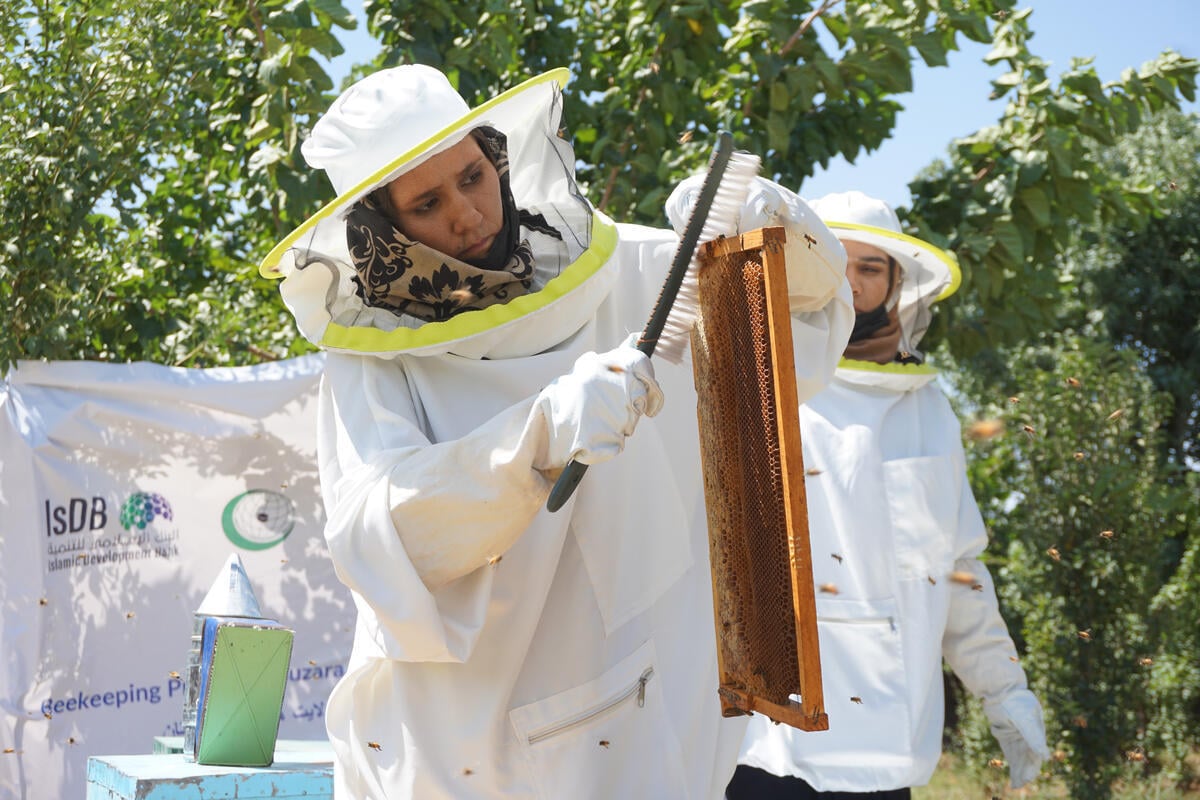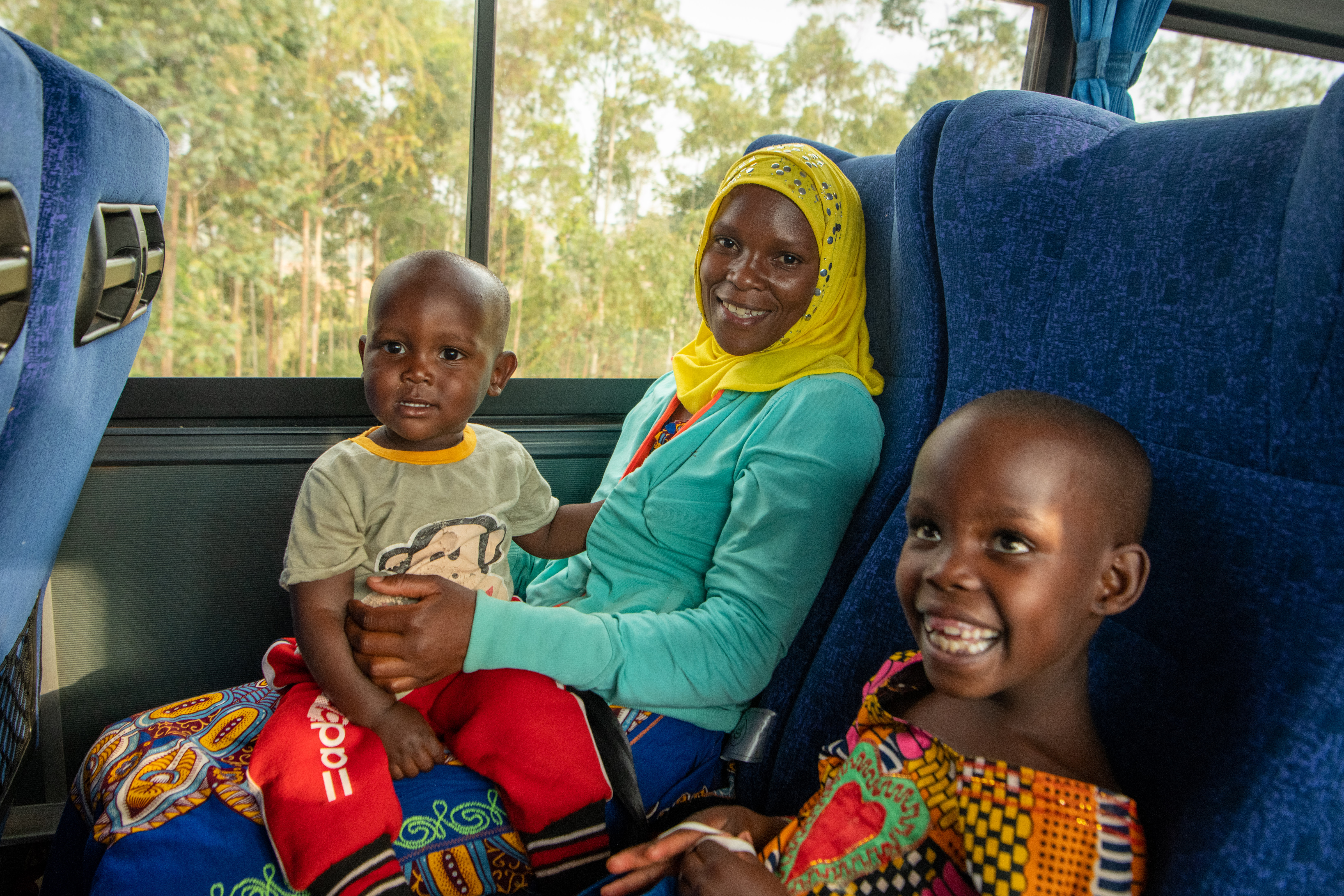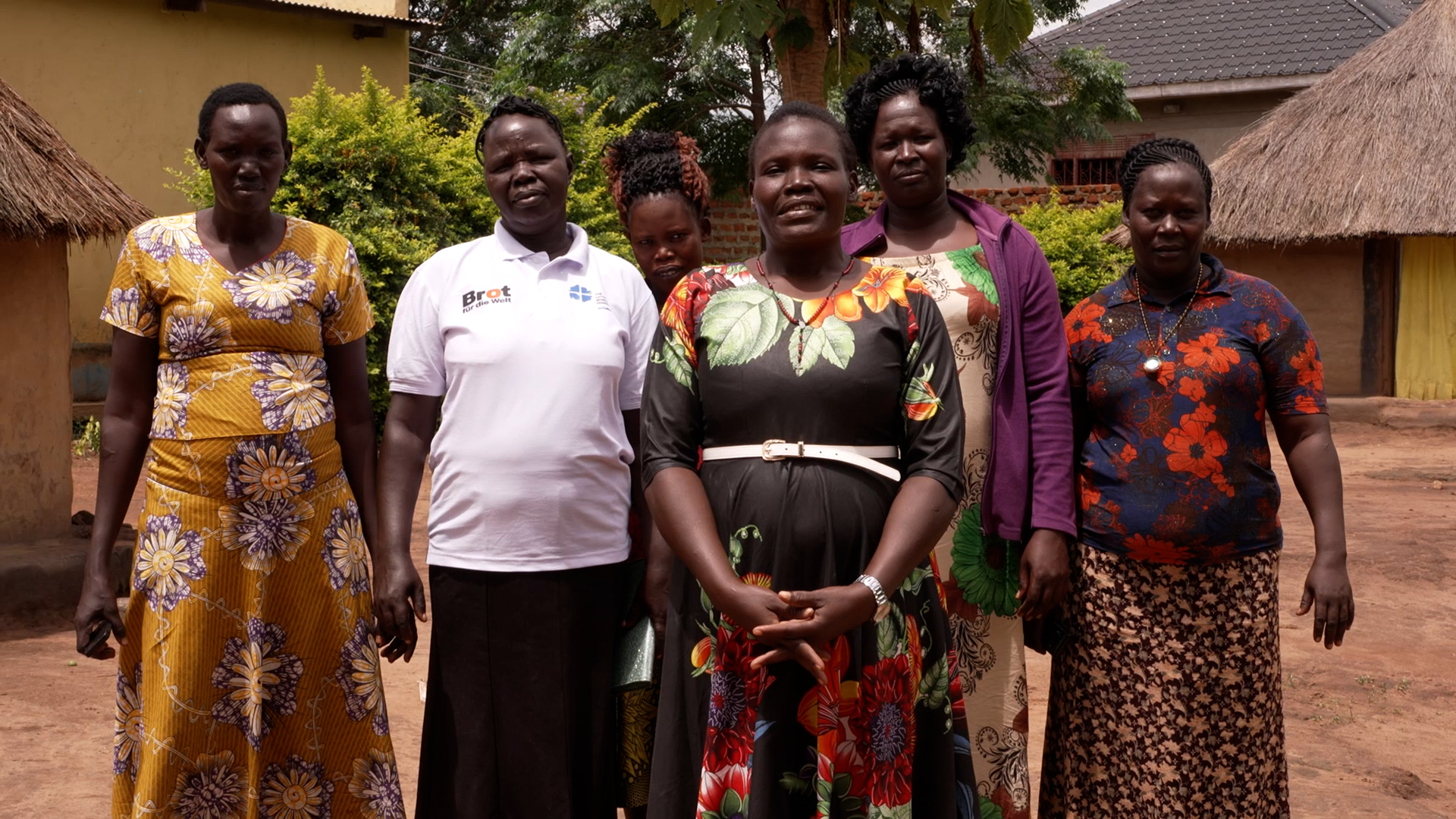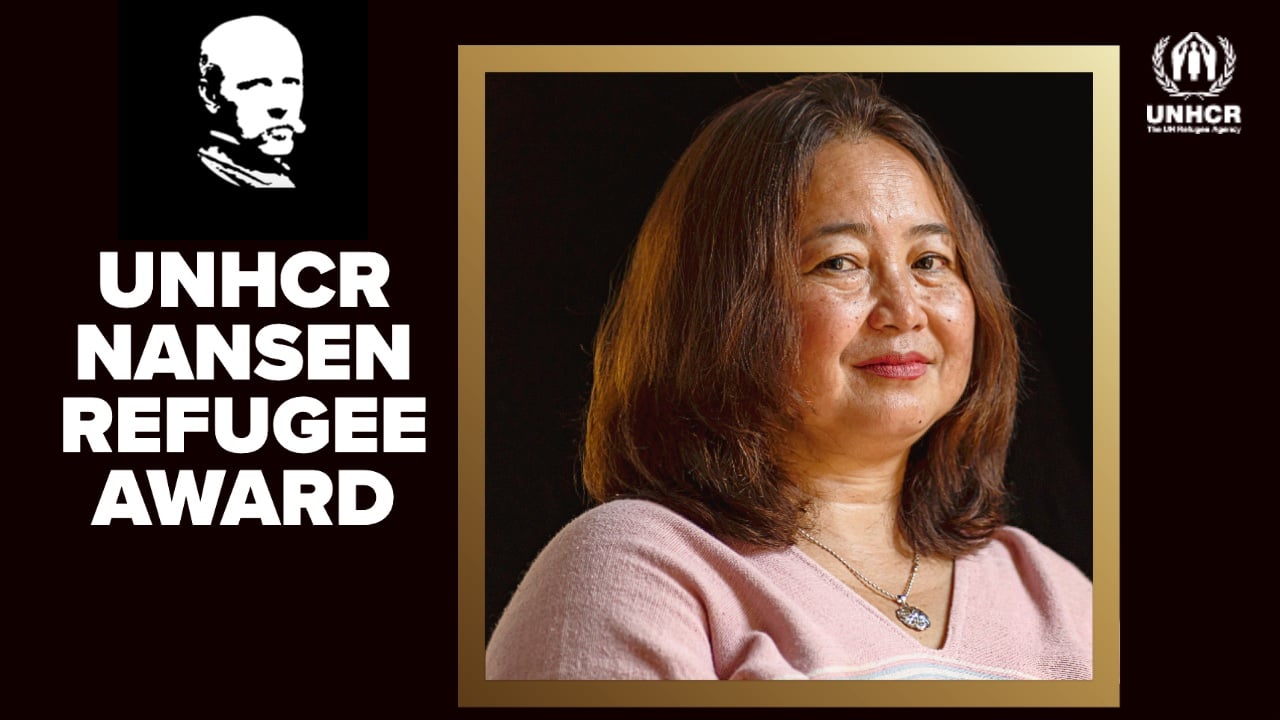Displaced villagers return home in Myanmar's Rakhine state
Displaced villagers return home in Myanmar's Rakhine state

MINBYA TOWNSHIP, Myanmar, May 2 (UNHCR) - Being able to sit once more in a bright and airy room - and in her own home - makes a welcome change for Amina.*
She and her family were among 145,000 people displaced during inter-communal violence in Myanmar's western Rakhine state four years ago. Around 20,000 homes were destroyed, Amina's among them.
Last year she was among some 25,000 of the internally displaced people, or IDPs, who were able to leave their temporary shelters and rebuild their homes themselves - through a process led by the Myanmar Government.
"I'm glad that we're living here now - this is a good house, much better than the temporary shelter," she said, sitting in her home on raised stilts near the sandy banks of one of the many rivers and waterways that weave their way through the coastal state, and flow on to the Bay of Bengal.
During their displacement, Amina and her young family lived in a shared longhouse with seven other families. Cramped and often dark, the temporary shelters have a short lifespan and deteriorate over time, worsening conditions for its inhabitants.
Most - like Amina, her husband Salim* and their four children - were able to return and rebuild in their places of origin, from where they had fled in 2012. Like other IDPs, the family had been supported with cash assistance to purchase the materials for the house.
These returns and smaller number of relocations have taken place in Kyauktaw, Minbya, Mrauk-U, Pauktaw and Rathedaung townships. The number of IDPs in Rakhine, the vast majority of whom self-identify as Rohingya, now stands at approximately 120,000.
Noting with approval the tall stilts that elevate their house several feet above the floodplain, Salim explained: "Even during the heavy flooding [last year], we were able to remain in our home. The waters came up quite high, but they did not reach us." Many parts of Rakhine state are prone to flooding.
UNHCR, the UN Refugee Agency, and partner organizations have been monitoring and assessing the ongoing process. The agency has also been advocating with the Myanmar authorities to ensure that returns and any relocations are safe, dignified and voluntary. New sites should be viable and sustainable in terms of access to livelihoods and basic services.

"We hope that these initial movements will be a first step towards ending displacement and enabling people to rebuild their lives and contribute once more to the social and economic life of their communities," said Giuseppe de Vincentiis, UNHCR's representative in Myanmar.
"This would also enable the focus of assistance in these areas to shift towards early recovery, livelihoods and longer-term development support," he added.
Aside from the continued displacement of some 120,000 people, there remain considerable challenges in Rakhine, where an estimated one million people are without citizenship.
Rakhine is also one of the poorest states in Myanmar, and where poverty and under-development affect all communities. This situation was exacerbated after the violence in 2012, which led to ruptures in inter-communal social and economic links.
Among the needs still to be addressed are those relating to lack of citizenship and associated restrictions such as that on freedom of movement, promoting peaceful co-existence and reconciliation between communities, and advancing socio-economic development and livelihood opportunities for all.
By Kasita Rochanakorn in Minbya Township, Rakhine State, Myanmar
*Names have been changed for protection reasons








